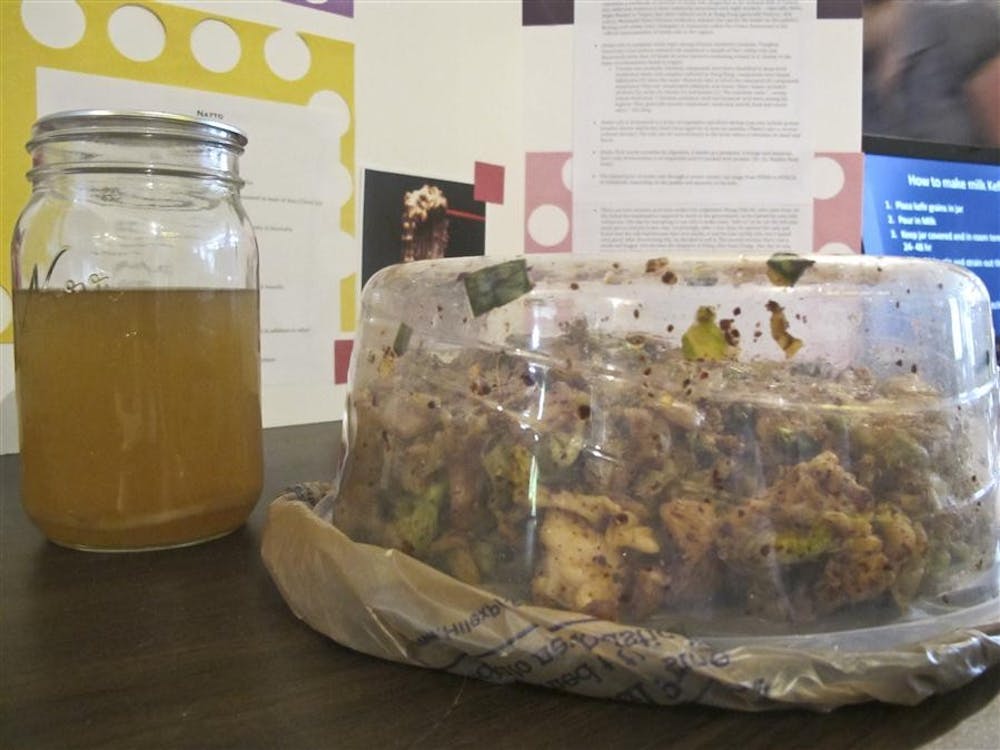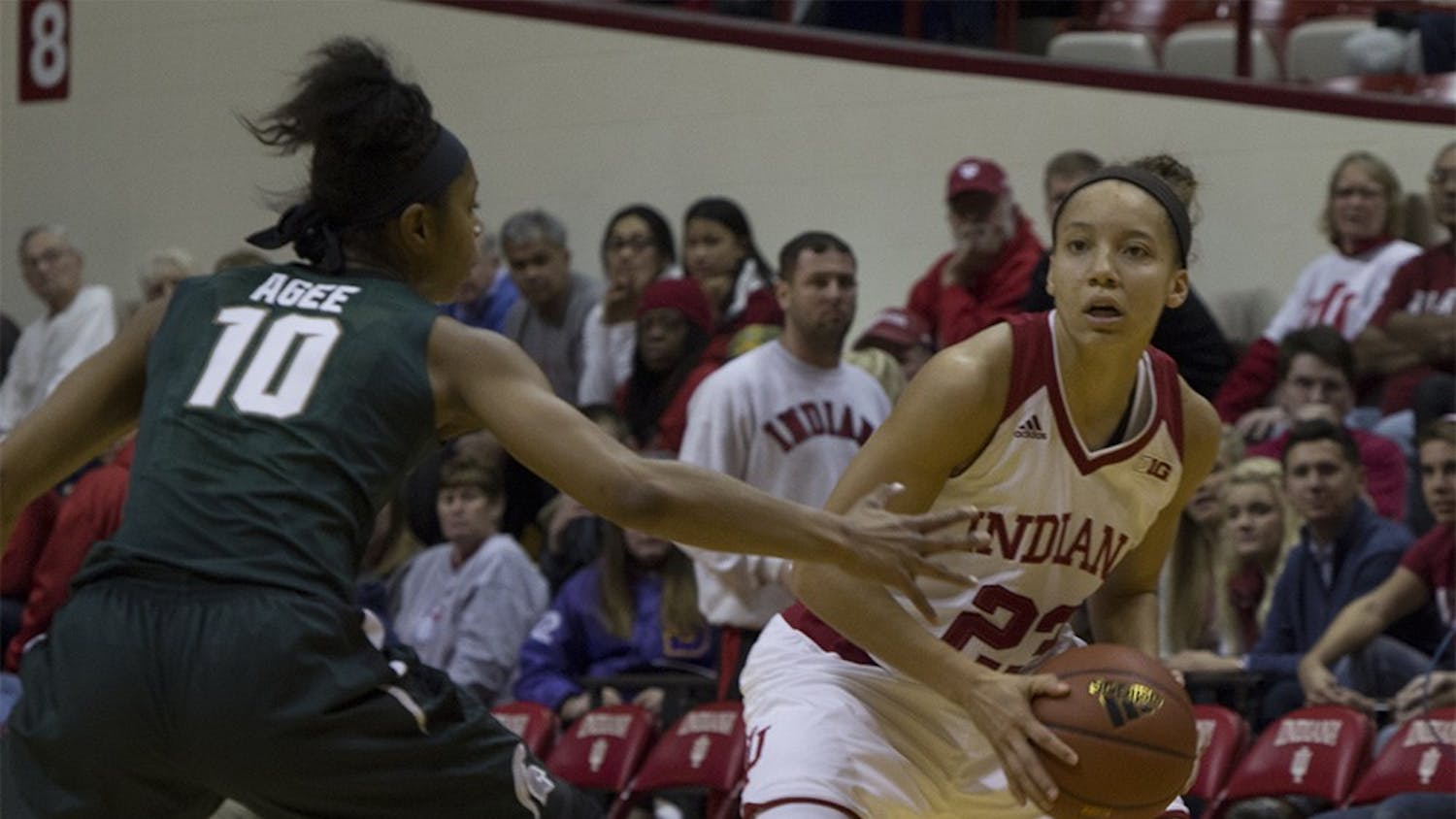Students again dined on chocolate-covered grasshoppers and fertilized duck eggs in the second annual Bizarre Food Fair on Tuesday at the Mathers Museum of World Cultures.
As part of their A200: Bizarre Foods class, students chose a topic of interest about which they researched and developed a presentation for this final class project.
Sonya Atalay, assistant professor of anthropology, first offered the course last school year, with about 90 students.
This year’s event now includes the work of about 130 students.
The class allows undergraduates to engage in food-related topics, which are mostly only available to graduate students through a Ph.D. concentration in the Anthropology Department.
“The main takeaway is how much you can learn about people from their food and asking how much better our food is,” Atalay said.
Atalay said acceptance of food choices and eating habits are culture-based and should be understood within context.
For example, some cultures in Africa don’t eat honey, as it is considered “bee vomit,” Atalay said.
Similarly, the United States, with its dozen-plus-ingredient Big Macs and seemingly imperishable Twinkies, has its own food items that might be gawked at in other cultures.
“I wanted people to realize that we eat really weird foods, too,” Atalay said.
Senior Mark Crossen, a student in the course, presented about the topic of exotic fruits in Southeast Asia.
The group provided samples of mangosteen, a sweet, small fruit native to Indonesia, as well as the meaty jackfruit of the mulberry family.
He said he took the course to gain a greater appreciation for different cultures’ food.
“I’m very closed-minded when it comes to food,” Crossen said. “I hoped it would help me broaden my horizons.”
Fellow group member and sophomore Jason Park said he moved around as a child, living in locations such as South Korea and Vietnam.
This cultural exposure gave him an abundance of knowledge as to what Americans consider to be bizarre foods, he said.
“I was exposed to a lot of this stuff growing up,” Park said. “We ate these things all the time.”
Highlighting the cultural context, Park said his family often eats kimchi, or spicy fermented cabbage, which was included on the presentation board of a fellow classmate.
Another student-run booth at the museum explored bugs, revealing that many common foods, such as spices, apple butter and sauerkraut, also include traces of the critters.
Senior Pierre Perez said eating bugs is accepted in many places around the world but is mostly stigmatized in the U.S.
“We’re trying to normalize them,” Perez said. “You eat them every day anyways, whether you realize it or not.”
Ultimately, students wanted visitors to be understanding of different foods and cultures.
“People don’t understand the cultural context of why people eat what they eat,” Crossen said. “This helps people get more perspective.”
Students educate on foreign ‘bizarre foods’

Get stories like this in your inbox
Subscribe





